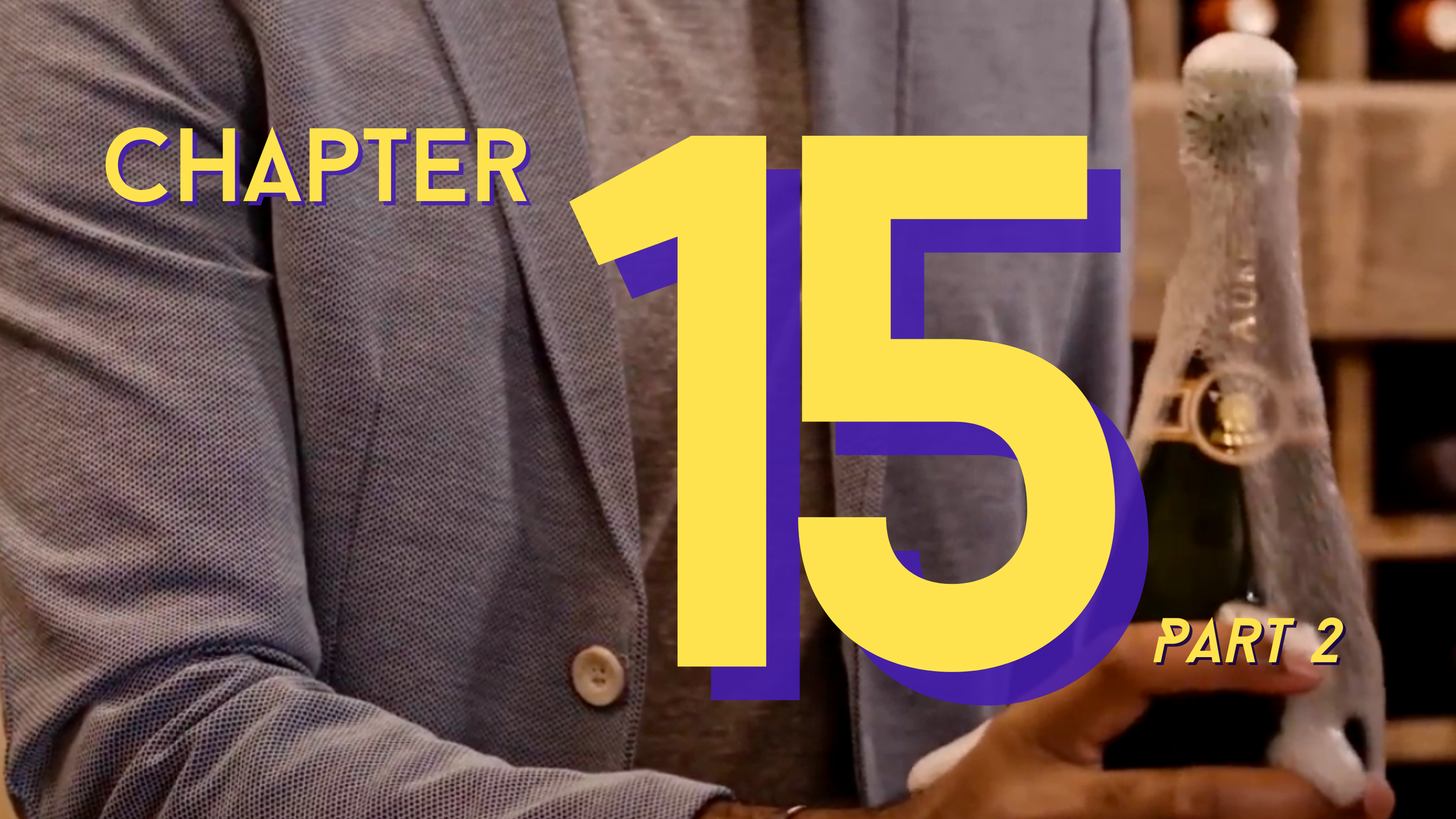TABLE Of CONTENTS
unPINNED Wine Course: Part 1
-
The Wine Industry is built on fear and confusion. That fear and confusion lead to predictable consumer behavior, which, in turn, leads to profitability. Let’s change up the system.
-
In Chapter 2, we’ll explore the most useful tool for opening a bottle of wine, why it’s useful, and, most importantly, how to use it to seamlessly open pretty much any bottle of wine.
-
In Chapter 3, we learn the 6 S’s Framework for how to taste a glass of wine. It’s a useful toolkit to understand what to do with a wine glass once it’s poured. Spoiler alert: there’s more to it than “just drink it!”
-
In Chapter 4, we begin to establish the tasting framework that we will use over the course of the subsequent few chapters. In the Sample Course, we’ll just get a taste of this framework, but in the Full unPINNED: Wine Course, we explore the entirety of it. Here, we’ll dive into details on the first part of our tasting framework: Aromas.
-
In this chapter, we’ll come to understand what acidity is, where on our palate we feel it, and how to evaluate acidity in the context of wine. We’ll also try an experiment that will help to reinforce acidity’s effect on our palate.
-
In Chapter 6, we debunk the many myths that surround the word and the concept of “body” in wine, and we establish a definition for “body” that is clear and concise. We’ll walk through two different experiments to help illustrate some of the concepts about “body” and sugar in wine.
-
In Chapter 7, we experience the unique taste sensation of tannins, and we explore where tannins come from. Tannins form the final part of our tasting framework.
-
In this review chapter, we put together all the different elements of our tasting framework, that we can use with every single wine we drink. Chapter 8 concludes Part 1 of the unPINNED Wine Course. Onwards!
unPINNED Wine Course: Part 2
-
Wine was discovered 8,000 years ago in the country of Georgia (or Sakartvelo, as it’s known to locals). How come most of us don’t know wine’s origin story?
-
A Not-So-Fictional Origin Story illustrates a “cartoon-ified” version of what the discovery of wine likely looked like.
-
In Chapter 11, we take a high-level look at the life cycle of a wine grape over the course of a year.
-
Following what happens in the fields, it’s now time to learn about what happens in the cellar.
-
Natural wine is a buzz word and a trend that is gaining in popularity. But what is natural wine?
-
In Chapter 14, we delve into the differences between white, rosé, red, and orange wines.
-
Not all sparkling wines are created equal. In Chapter 15 (Part 1), we discuss the various methods to make sparkling wine. In Part 2, we’ll dive into more details surrounding the taste differences as a result of those different methods.
-
Chapter 16 is one of four chapters dedicated to exploring the Appellation System in wine and how it can help you to make more informed decisions about the wines you purchase.
-
Now that we understand the basic concept of what an appellation is, we take a closer look at why the Appellation System exists.
-
Now, we’ll observe the corollaries to the Appellation System that exist around the world.
-
The Appellation System is not perfect, and in Chapter 19, we delve into some of the issues that arise as a result of the Appellation System.
-
In Chapter 21, we take a closer look at what happens to a wine as it ages so that we can answer that age-old question: does wine get better with age?
-
In Chapter 20, we explore some useful heuristics — rules of thumb — for food and wine pairing that we can immediately start using in our day-to-day lives.
-
Test all of the wine knowledge you’ve learned over the last 21 video chapters! You’ll realize you’ve transformed from an everyday wine lover to a wine expert!


















